A Personal Note From Orion
Welcome, stellar listeners! In today’s episode, we have an engaging conversation with Dr. Lisa Cortez, a renowned psychotherapist, anxiety expert, and entrepreneur. Dr. Lisa opens up about her personal journey dealing with autoimmune diseases and shares natural ways to manage anxiety through meditation, improved diet, and self-care.
We delve into the intricacies of anxiety, understanding its roots in the brain’s amygdala, and explore the distinctions between anxiety and depression. Dr. Cortez also highlights the rise in anxiety diagnoses, the role of triggers, and effective coping mechanisms such as EFT tapping and mindfulness practices.
Join us as we uncover strategies for building internal resilience, maintaining a healthy lifestyle, and finding peace in a high-alert world. Get ready for an episode filled with wisdom, practical advice, and inspiration to help you live your most stellar life. So, without further ado, let’s dive into the show!

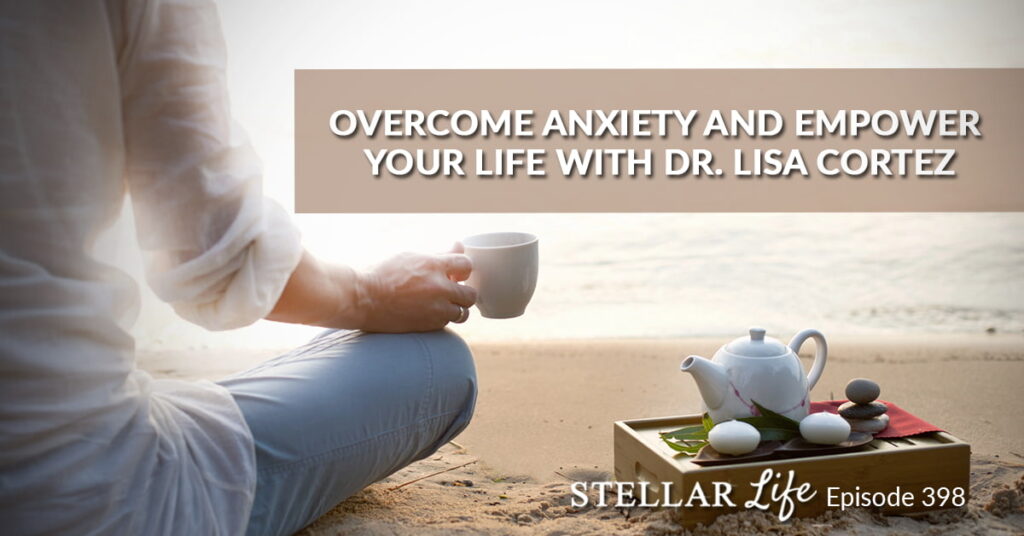
In This Episode
- [05:27] – Dr. Lisa discusses her personal experience dealing with an autoimmune disease and using holistic approaches for anxiety management. She also explains anxiety as a normal brain response, physical symptoms, and its role.
- [11:35] – Dr. Lisa distinguishes between anxiety and depression, their symptoms, and how they often co-occur. She also delves into high-functioning anxiety and its characteristics.
- [14:19] – Insight into the rise of anxiety diagnoses, particularly post-COVID-19.
- [16:30] – How to manage triggers, the role of the amygdala, and techniques like meditation and mindfulness.
- [21:14] – Orion shares struggles with managing personal and parental responsibilities, and Dr. Lisa suggests teaching EFT tapping techniques to children.
- [26:59] – Detailed walkthrough of EFT tapping by Dr. Lisa and its benefits for anxiety and problem-solving.
- [36:19] – The importance of self-care, regular check-ins, and managing stress, including tips for stress reduction practices.
- [42:05] – The launch of Te Sana Tea and Wellness and the specific benefits of different tea blends offered by Dr. Lisa’s company.
- [45:41] – Dr. Lisa offers her top tips for living a stellar life.
About Today’s Show
Hi, Dr. Lisa. Thank you for being here. Welcome to the show.
Thank you so much for having me. I really appreciate it.
I’m glad you’re here because we will talk about something touching almost everyone at some point or another. But before we begin, maybe share one of your favorite childhood memories.
It wasn’t my favorite growing up, but it became my favorite after I understood what my mom was doing. My mom always forced my siblings and me to drink a warm cup of tea, and she would force us to sit at the kitchen table. I always thought it was because she wanted us to sit there so we wouldn’t spill the tea in the living room or our bedroom. But she was teaching us mindfulness, staying still, and drinking tea, which is very beneficial for us. Those are my favorite memories.
Do you have a tea brand?
I do. I hated tea growing up. When I was diagnosed with anxiety, I called my mom and told her this was happening. She recommended a cup of tea. I’m Mexican. I’m Latina. She wants to cure everything with a cup of tea. I told people when I spoke to her and told her I was experiencing anxiety, I hung up thinking, “Why did I call her? I knew she was going to recommend tea.” Here I am years later, selling tea.
Our brains keep a list of potential dangers through the amygdala. The moment a trigger appears, it's like a siren going off. Share on XWow. Moms know a lot. That’s what I tell my son.
They don’t realize that until they’re adults.
Yeah, that’s for sure. How did you know that you have anxiety, and what caused it?
Growing up, I think I always had it. But because my mom was teaching me mindfulness, I don’t think it ever developed into severe anxiety. Also, because I didn’t know. I always tell people now that we know more about it because we know it, we fear it, and so it’s easier for us to develop anxiety. But it wasn’t until I left college I left home. After graduating from high school, I moved to San Antonio, Texas, where I went to school and started eating junk food. I am lucky enough to say that I was poor growing up, and we didn’t eat fast food at all. It was once a month when my dad got paid, and we would go to Burger King, and that was it.
My mom cooked whole foods and homemade foods. When I went to college, I ate at the cafeteria, ate sandwiches, ate at the restaurant where I worked, and got free meals, so I ate a lot of processed foods. Then, I was stressed out. I was working three jobs and going to school full-time. My parents couldn’t afford to send me money, so I had to really find work. Working three jobs, not taking care of myself, and staying up late, I think, was the cause of my anxiety—also change. Change for me is hard, so moving to San Antonio and just the schedule was hard.

What we eat significantly impacts our mental health. Choosing anti-inflammatory foods is a step towards not just physical but also emotional well-being.
And how did you heal it?
When I first had my first panic attack, it was my freshman year in college. I was fine for three years. Then, it was my senior year in college. I had already decided I was to graduate with a bachelor’s degree in psychology. I was applying to graduate schools to enroll in a program to get a degree. I wanted to get my master’s and then my PhD.
I was applying to different graduate programs. The thought of leaving college, not knowing where I would end up, made the change really stressful. That senior year, I started experiencing severe panic. Back in the 90s, it wasn’t really talked about much. Anxiety was not very common. You wouldn’t hear a lot about it. I remember going to one of my professors, and she told me it was anxiety. You need to take care of yourself.
She’s the one who asked me, “What are you doing differently?” She recommended I see a therapist and do some sort of mindfulness meditation. I started just kind of learning more about anxiety. I fell in love with finding what works for me. I did get prescribed medication, but I never took it. I never took medication. I went on a journey of trying to figure out what worked for me and found that meditation was incredible. I have rheumatoid arthritis. I was diagnosed when I was 21—severe pain.
That’s really early for that.
Anxiety is a normal emotion. It’s created in the amygdala, which is a part of the brain.
Very early. It’s an autoimmune disease, so usually, it does affect you in your 20s. I was experiencing a lot of pain. When I started meditating, it was life-changing for me. I started eating better. I started just taking care of myself, sleeping, and finding out that doing all these things can heal your anxiety naturally. I think back then, because we didn’t talk about anxiety, I’m not against medication, but I’m glad that I did it that way because there are a lot of people who come to me who don’t ever want to get on medication. I tell them that it’s possible to change these things, and some people will need medication.
But it’s really also easy to take care of your anxiety and eliminate it by just teaching your nervous system how to rewire again and how to work. That’s what I did. I went on a journey, and here I am, years later, 24 years working in the mental health field, helping people with anxiety.
What is anxiety? What are the symptoms of it?
I always tell people anxiety is a normal emotion. We all experience anxiety. Just like sadness, right? When you have depression, sadness is one of the side effects. Anxiety is a normal emotion. It’s created in the amygdala, a part of the brain. We actually have two amygdala, but we refer to it as the amygdala. It’s there, and it’s created to keep us safe.
So when you go into a room and if there’s a big lion that’s going to eat you, it’s going to create anxiety for you to run. It creates physical symptoms. It pumps oxygen to our muscles so we can run. It creates different symptoms. Some people have heart palpitations, shallow breathing, dizziness, blurred vision, sweaty palms. There are so many different symptoms, but it creates that in order for us to run and get out of harm’s way.
In severe cases, it can even resemble a heart attack. There are a lot of people that are actually calling an ambulance. Then it’s all the symptoms, but it’s anxiety.
Depression is a mood disorder that affects your mood.
Yeah, because you actually get physical symptoms. A lot of people who come to me tell me, “You know, I’ve been to the ER 30 times because I thought I was having a heart attack.” It’s anxiety. It creates a lot of real physical symptoms—diarrhea, constipation, and gut issues.
What’s the difference between anxiety and depression?
Anxiety is that fear, right? Like something’s going to happen. It sometimes isolates you. You start avoiding things because of the symptoms and how horrible it is that you start avoiding doing things that you love to do. Depression is a mood disorder that affects your mood. You get sad. You start crying. Also, some people who have depression don’t want to go out and don’t want to do stuff. They feel a lot of fatigue, which sometimes goes hand in hand. A lot of people suffer from anxiety. Somel get depression. I always tell people, not everyone. But that’s the difference. Mood disorder and anxiety are more of a nervous system disorder.
There are those obvious symptoms, such as heart palpitations, blurry vision, and everything you mentioned. But is there a hidden anxiety? Can somebody have anxiety and not know they’re having anxiety?
They’re high-functioning anxiety where you feel the anxiety, but you end up doing things. There are a lot of people who stay busy, right? They work, or they start a new project, or they just go to avoid the feelings of anxiety. There are also people who have thoughts, fears, and doubts. They never really get physical symptoms, but they have the thoughts of, “Oh, I really don’t want to go, so let me just cancel.” Whether it’s a social event or you want to start a business, and you have all these thoughts, these fears and doubts that pop into your mind, that’s anxiety.
Usually, with those thoughts, the amygdala creates those fears and doubts to keep us safe. It thinks, “You know, what if you fail?” Failure of the amygdala is dangerous. It prevents you from starting the business because it wants to keep you safe from failure. Usually, people don’t really have physical symptoms, but they have thoughts.

Anxiety fills us with fear, keeping us on high alert and avoiding life’s activities. Depression, on the other hand, wraps us in a blanket of sadness and fatigue.
In the last few years, it has not stopped since COVID. I just feel like so many things happened in this world that are extremely crazy, like the older wars and natural disasters and the big elections, and people on both sides are getting so anxious and worried. You told me before we started that there has been an increase in anxiety in the last few years or two years.
Over the past five years, I have contributed to COVID-19. But In the past five years, there’s been a 350% increase in anxiety diagnoses. I think after the pandemic, the pandemic caused a lot of anxiety for everyone. But I do think that the actual virus caused and really affected the nervous system. Because it affects your nervous system, then it’s easier for us to feel that anxiety.
That’s crazy. For all the anxious people in the audience, which is everybody, you are not alone. Me too. I live in Israel now. Talking about anxiety seriously, you hear a siren, and you get anxious, whether you like it or not. Especially when I’m in the playground with my little one, and all of a sudden, you’re like, “Children, where are we going?” It’s like even if you’re a calm person or trying to be a calm person, just hearing that loud noise or the explosions that come after it. It’s not easy.
I feel like I’m calm. Everything’s amazing. Life’s good. Then I was like. I noticed that it was not the last one today but a few days ago. We were in an open area, in the library, actually. But I noticed my heart was racing, and I was having a hard time breathing, almost like gasping for air.
Failure of the amygdala is dangerous. It prevents you from starting the business because it wants to keep you safe from failure.
I wasn’t worried that we were not going to make it or anything, but something was triggered. I do a lot of meditation, mindfulness, somatic release, and breathing. I have a huge toolbox of the things that I know to do that I do not always do. But then there is a trigger, and it’s back again. What do you know? What do you do when the trigger happens?
The amygdala, which is the part of the brain that creates anxiety, keeps a list of triggers. It’s trying to protect you. I try to explain it like an overprotective parent. When we know that our children get hurt or there’s danger, we keep a list. If our child got a rash with a new detergent, then we’re going to stay away from that.
At a restaurant, the floor is really slippery. Then you’re going to be careful not to take them there, or you’re just going to be very cautious about that. That’s the way the amygdala works. It keeps track of everything that it feels is dangerous, and those become triggers. It’s trying to protect you.
It’s trying to tell you, “Hey, last time you were there, this happened. The last time that you saw that person, you were upset. The last time that you went to that restaurant, you couldn’t breathe.” It keeps track of all the triggers. Sometimes, we don’t even realize or remember a trigger. The amygdala does remember. I always tell people that if they know you have triggers, they should work on those triggers and find out the root cause of the trigger and why it became a trigger. Working on that really, really helps.
I usually recommend therapy, of course, because mindfulness meditation is great. But if there are triggers, it’s really, really hard to ever get rid of anxiety if you’re not really focusing on eliminating those triggers.
Let’s think about a trigger like a siren. Siren equals a lot of unpleasant things and things that you see in the news. You remember it happens in a split second, but it happens to your brain quickly. How do I go back to detect the cause of a siren? It’s an obvious thing. How can I stop being scared of it?
The amygdala keeps track of everything it feels is dangerous, which becomes a trigger.
Obviously, you need to be alert, right? When you hear sirens, we can’t eliminate that because you’re in a country where it’s happening just this morning.
It happened just 30 minutes ago.
If you can switch your mind to, “Okay, this is an alarm. This is me needing to do something.” If there are triggers, I would tell you, “Okay, next time you feel that trigger and you get really anxious, I want you to ask yourself, “What am I thinking right now?’” If your thoughts are going to, “What if something happens? What if this, what if that?” They’re going into more irrational thoughts, and nothing is really happening. Yes, there’s an alarm, but you’re safe in your bunker. What else can you do but go into your bunker? You’ve already done what you need to do. Usually, it’s the thoughts. If there is a trigger, the mind goes to the worst-case scenario, “What if this? What if that?”
I want you to always remember that the brain doesn’t know the difference. The amygdala doesn’t know the difference between visualizing and actually happening. When you’re triggered by something, you start thinking of the worst-case scenario, the trigger of watching the news and watching all these horrible things happening. If your mind is going there, the amygdala is thinking, “This is happening. Get out of there.” It’s going to create that anxiety.
Just this morning there was a rocket fell on a kindergarten, and thank God the teachers took all the kids to the safe area, and nobody got hurt. But it’s like you hear something like that in the news, and then it’s pretty frightening. I was kind of pissed off at myself. I was like, “I know all this mindset thing. Why is my heart racing right now? Heart stop. Why are you racing?” There was a fight between the conscious and the unconscious. My conscious logical self was like, “Everything’s fine, slim chances, we’re safe, believe in God.” But then I just felt heart palpitations.
It didn’t happen for a very long time. We did what we needed to do. We gathered all the kids, we told them stories, and then we went back to the playground, back to normal life. It’s a pretty odd life here. It’s like, “Ah, or okay, playground again.” Maybe you can give me some tools when I have to take action. But yet, be mindful and be like, “Oh, why is this heart racing right now?”
Anxiety is the amygdala's way of trying to keep us safe, like an overprotective parent. Share on XI would ask you to just tell yourself not to fear it. I know what it is. I know it’s anxiety. When we start fearing the symptoms, that’s when anxiety continues and continues and continues. There’s also an incredible tool that I always tell people I teach to my patients, but it’s one of the techniques that a lot of my patients think is not going to work, or they stop using it. But the people who use it frequently really get results because you’re training your brain not to go into the worst-case scenario.
That’s tapping. EFT tapping. If you already know how to tap, I will teach you to do three rounds. In the first round, you’re going to say exactly the way you feel. Sometimes, the amygdala gives you these thoughts so you can be aware and cautious and run out of harm’s way if there’s harm. Sometimes when we try to be like, “Don’t think about it, don’t think about it, don’t think about it,” the thoughts get more.
“It’s not happening. I’m good. I’m cool at teaching mindset.”
You’re like, “I need to. I got this. I got this.” Then we don’t feel it. But it’s the amygdala trying to tell you, “No, there is harm, there is harm.” The more we try not to think about it, the more the amygdala is trying to protect us. It’s like an overprotective parent. If the child is going in harm’s way and they’re telling you, “I’m fine, Mom. I’m fine, Mom.” Are you going to just allow them to go?
No.
The amygdala doesn’t know the difference between visualizing and actually happening.
If you see them going into harm’s way, you’re going to do whatever it takes to get them to stop. That’s what the amygdala does. Suppose you are able to say it out loud. In the first round, I always tell people to say exactly what they’re thinking. “I feel like something bad’s going to happen. I feel like I’m going to die. I feel like I’m having a heart attack.”
You can say everything that you feel about the situation, about how you feel, and about your thoughts. If you say them out loud, the amygdala kind of relaxes a bit because it says, “Okay, she knows what the thoughts that I’m giving her. She’s not ignoring them. She’s saying them out loud.” So you’re acknowledging the thoughts. I always recommend doing two deep breaths in between the first, second, and third rounds.
In the second round, you do two deep breaths. The second round should be more believable. What is real? When you look around and you’re like, “Okay, we’re in the bunker, we’re safe. This is where I need to be right now. My kids are here. Nothing is really happening right now. This is where we need to be. I know that I’m going to be fine with my anxiety.” When you say that, you’re rerouting your thoughts and creating a new neural pathway because of neuroplasticity instead of going down the, “I’m going to die. Why is my heart palpitating? What if this heart is starting to have heart problems?” The second round is more rational. You do two deep breaths, breathing in through your nose, out through your mouth, into your nose, out through your mouth.
By this third round, you should feel a little better because now the amygdala has let go of trying to give you those negative thoughts. You are already more rational. Now you can feel a little better. The third round should be more hopeful.
Okay, so in the first round, I’m acknowledging my feelings. The second one is what is logical.
The truth. Look around you and say, “Am I safe?”
Kind of mindfulness, like, “I’m here. We live in the matrix. This is all a game.”

While medication can be vital for some, nurturing your inner resilience and mindset is equally powerful.
This is all a game. Even you can do your prayers, whatever you believe in, whatever the truth is for you, and be mindful. Then, the third round will be more hopeful. “We’re going to be fine. We’re going to go out, and after this alarm ends, we’re going to play in the park. I’m going to cook.” You can even do something like reward yourself. “I’m going to cook dinner for my kids, or I’m going to watch a movie with them after this.”
It sounds amazing. I don’t know how I’m going to tap with my little one with us because usually when that happens, I don’t think about myself. I go straight to him, and I try to entertain him by reading a story.
How old is he?
He’s five.
He can start tapping. Wonderful. Beautiful age to start.
Really? That’s awesome.
Yes. You can start tapping with him. You don’t have to tell him how you feel. You can say, “Okay, what are we feeling right now?” If he’s scared, “Okay, what are you feeling right now?”
High-functioning anxiety is like an invisible whisper, driving us to stay busy and perfect in order to avoid facing our innermost fears and doubts. Share on XThat’s amazing. Why did I think about that?
Thank you. You’re helping him. You’re teaching him an incredible tool for him to learn at this age that he can use for the rest of his life. And you’re entertaining him, too.
For anyone who doesn’t know what EFT tapping is, you tap with two fingers on different places on your head. Some people do the armpit, too, right?
Yeah, right under your armpit, almost like where your bra strap is for those of us that women. Then, right under your collarbone. There are different meridian points. That’s where we’re hitting the meridian points.
If you’re listening and not watching, you can watch it on YouTube, and maybe you can take us through a series of tapping later. But also, if you’re not watching this, you want to know more about tapping. It’s really accessible. There are tons of YouTube videos on tapping and where the points are super simple. You can learn it in five minutes. It’s a powerful tool because it takes you. It just relaxes your nervous system until it is parasympathetic. When you’re calm, you can tackle any challenge in a better way.
Yes. I teach it a little differently. It’s the three rounds.
It’s really cool. I love it. Acknowledge what’s happening while tapping what’s logical to what’s going on here, which is kind of like mindfulness, like I feel my butt under here and then hopefulness. Do you want to take us through a series of tapping what we will?
Let’s say someone is anxious, and it could be anywhere, right? It could be just at the store or at the movies.
Somebody told you that he’s voting for somebody you don’t like.
Someone just told you when it’s telling you all these political things that don’t align with you, and you’re getting really anxious. We start tapping in the face. I’m just going to do the face just because a lot of people think that they need to do every single meridian point. I always tell people just to learn three or four, and that’s it. We’re going to start. I feel really anxious. I’m really upset, but I feel like I’m going to faint. I feel like I’m having a heart attack. I’m so tired of this anxiety. Breathe in, breathe out, in again, and breathe out. The second round should be the truth.
Acknowledge your need for alertness, but challenge irrational thoughts. Share on XI’ve never really fainted, have never really had a heart attack. I’ve already gone to the doctor’s, and they have told me I’m fine. I know this is just anxiety, and I’m actually pretty safe right now. Breathe in, breathe out, and again. By this time, you should already feel relaxed and a little bit better, so now it’s easier to be hopeful, and you could even use this. I already feel better. This tapping does really work. “I feel relaxed. I know I’m going to be okay. I’ve got this.” Breathe in, breathe out. Last deep breath in and out. I like to close my eyes. It helps me feel a little better. It’s a very powerful tool.
Again, you look like a shaman when you do the tapping. I was looking at you, I was like, wow, she does look like all of a sudden, I saw you like an ancient soul. This is not your first time here on the planet doing this, helping humanity.
That’s what it is. When I meditate, and I teach meditation, I never have anything scripted. I really just try to feel people’s energy when I do a meditation. Everyone’s like, “Oh, my goodness. I felt that. I feel it from you.” I try to channel people’s energy, and I truly get into it.
That’s amazing. Do you help kids as well?
I used to see a lot of kids when I just moved to Houston almost four years ago. I lived in a border town in McAllen, Texas. There, I did see kids. My specialty was teenagers and adults with anxiety. I helped a lot of kids and teenagers. Then, sometimes, when their siblings had problems, their parents would want me to see them, and I would see them. I have a meditation for kids that would be great for your five-year-old on my YouTube. I don’t really post on YouTube. It’s from 2020 during the pandemic. However, the only meditation that I have on YouTube is for children.
That’s amazing. I love it. I use a lot of neurolinguistic programming with him and techniques that I know I never thought about using. I would love to listen to your meditation. I’m sure it’s amazing. What can we do in our everyday life? What do we do to reduce anxiety? It can even be the smallest stress, like, “Oh, my goodness, the house is a mess, and I have to tidy up.” It’s like the accumulative little things that can cause a lot of stress.
The number one thing that I teach people is don’t be hard on yourself. For all of the patients that I see, even the people on the podcast, I tell them, if you can only remember one thing, what I teach you is to check in with yourself at least once a week. Suppose there are things going on in your life. Of course, you want to check in with yourself a little bit more. But ask yourself, “How do I feel? What am I doing? There is too much of that, and I need to kind of slow down. Or what am I not doing enough of? Am I not taking care of myself?” You add yourself to the list of priorities as women, but sometimes, we’re not on that list.
Oh, my goodness. I take myself off of this list daily. It’s a constant reminder to be like, “Hey, take care of yourself or else.” I started a new, really cool habit because I had some back pain. I found this amazing routine to release back pain. Just a few stretches. I do those stretches, and I put on some meditation music, and it’s such a beautiful time for me to just be with myself and my body.
The more you meditate, the easier it becomes to get into that meditative state faster.
When I hit those spots that are painful or stressed or like this is like a chronic pain that I’ve been carrying for a while now, I always ask my body, and I’m like, “Whatever emotional stress that is in this area, please release it.” I breathe it in, I breathe it out, inhale, I exhale, I let it go. If I just let go, sometimes it’s not about adding more, just letting go a little bit more every day. It’s going to be phenomenal. I already feel a shift in myself and the way I’m handling my everyday life.
Even just giving yourself permission to relax. We are so hard on ourselves. Even just by starting, when you start your meditation, tell yourself, “I’m giving myself permission to enjoy this meditation.” Sometimes, we’re thinking of what else we could be doing right now or what we need to do after this meditation. We’re not in the moment, and we’re not mindful. Allowing yourself to enjoy even just a five-minute meditation doesn’t take that long. The more you meditate, the more you do these things; it becomes easier and easier for you to get into that meditative state faster.
I noticed that my body was like she had so much wisdom. I sometimes try to control my body and tell her what to do, but if I just let go, it’s a movement meditation, almost like a slow, slow dance where the body opens up the way she wants to open up, not the way I tell her to open up and just moves. It’s just a beautiful thing to be in this zone, even letting go of what stretches I need to do and just letting my body move the way she wants to.
She knows what she needs. Our bodies know what they need.
It’s awesome. For stress reduction, what else do you do? Do you have any routines that you work on?
I do deep breathing, and I walk. I tell people you don’t have to do a full two-hour workout or an hour workout. If you don’t do anything physically, start walking. If you can walk outside, that would be even better. Going outside in the morning to get that morning sun is really good for sleep, brain fog, and our overall energy. Sleep is very important.
Sleep is very important. If you don’t get adequate sleep, you’ll be frustrated the next day.
If you don’t get adequate sleep, you’re going to be frustrated the next day. It affects our anxiety, it affects our stress, it affects our day, it affects the way we treat people. Sleep is really important. I ground, I do grounding, and I meditate every single day. I’ve been meditating every single day for the past, I think, 23 years without failure, without skipping a day.
The way I tell people to incorporate habits is to add them to something you already do. If you brush your teeth every day, then you can incorporate meditation before or after you brush your teeth. If you take a shower every day, you can do that. If you sleep every day, then incorporate it. Attach it right before or after a habit that you do every single day; it just becomes easier for it to become a habit.
Yes. Amazing. What happens if there is insomnia? You wake up in the middle of the night, and your body is so tired, but your mind is racing.
There’s a little technique that I teach my patients because sometimes we have these thoughts because we’re afraid we’re going to forget the next day. Or, “Oh, what if I forget this? Or do I need to do this?” Training your brain to have worry time right before you go to bed and not right before. I always say probably about at least an hour before you go to bed, where you get a journal, and it’s dedicated as a worry journal. Let’s say this is your journal. It sounds funny and simple, but it’s so powerful. You are literally going to have worry time, and you’re going to write down everything that you’re worried about.
Wow. It doesn’t sound as sexy as a gratitude journal or a math or mind journal. It’s like a worry journal, actually. That’s one that will save you.
Turmeric and pepper are so good. They help with inflammation, which in turn helps with neuroinflammation in the brain and anxiety.
Yes. You’re going to put down everything that you’re worried about, and then you’re going to close it, and you’re going to put your hand on top of it and say, “This is where my worries stay.”
Oh, brilliant.
If you do this, your brain starts thinking, “Hey, we don’t have to think about that anymore because we already had it. If there are other things that you need to think about, it’s going to know, “Hey, this is when we worry.” You train your brain to not have those nights of thinking and racing thoughts that keep us up.
Then don’t look at the time when you’re not sleeping. The first thing we want to do is look at our phones. I don’t recommend you charge your phone right next to your bed, but we look at our phone, and when we look at the time, we see notifications, and we start thinking, “Oh, let me check my email real quick.”
Yeah, you go down the rabbit hole.
You go down the rabbit hole, and that blue light activates your mind even more.
You talked about eating junk food and having more anxiety, probably having more inflammation in your body that contributes to more anxiety because inflammation in the body causes inflammation in the brain that causes more anxiety. How does nutrition play a part in us feeling stress-free and more free in general?
Foods that we eat here in the United States now have a lot of chemicals, and I’ve been talking about this for many years without causing too much anxiety. I don’t want people to think, “Oh my God, I can’t eat anything.” I have an anti-anxiety food list that I created years ago on my website. I also add foods that help your anxiety.
Foods that help you eliminate inflammation are cherries and almonds.
What are some of those foods that cause anxiety are obviously food coloring, processed food, packaged food, chemical foods, and everything that is in the inside aisles. I think I saw a video where somebody said that if you go through the supermarket’s outer section and don’t go into the middle section, you avoid junk food because you go into the produce, meat, fish, and tofu. But what are some foods that are actually relaxing and good for inflammation and anxiety?
Foods that help you eliminate inflammation are cherries and almonds. Those two are amazing snacks that I love to eat to help with anxiety. There are teas, right? Chamomile tea, turmeric and pepper. If you can add it to your food, you can have tea all day long. Turmeric and pepper are so good. That helps with inflammation, which helps with neuroinflammation in your brain and anxiety. The pepper will help the turmeric, and your body absorbs it faster. If you can make tea every night or even during the day, that one doesn’t cause you to get drowsy or anything, but there are so many different herbs and teas that can minimize anxiety.
It’s amazing. Can you tell me a little bit about your tea brand? What kind of teas are your favorite and why?
I launched Te Sana Tea and Wellness. Te Sana in Spanish is it heals you. It’s a wellness tea company. The first few that I launched were anxiety ease. It has ashwagandha, which is really good for anxiety.
Oak straw. I just found my ashwagandha. I have a whole bag of ashwagandha that I put on a different shelf, and this should go in my smoothie.
Yes, it should.
And maca.
Even saffron is really good for anxiety. But more mainly depression. I have to get your Z. It’s for sleep. That has lavender chamomile, my favorite. I love anxiety-ease tea, but my favorite is a turmeric twist that has turmeric pepper. I have so many now that I forget what they are. But it’s kind of like a chai tea. It’s really good. That’s my favorite tea. I love it. I have rheumatoid arthritis and lupus, so it helps my inflammation. I drink that almost every day.
That’s really a great idea. I also like golden milk, which is just milk. You could put turmeric, a little bit of pepper and some sweet honey in it.
It’s way better than coffee.
I know. I still have my coffee at least once a day. I went through a period of time where I did not have coffee at all. Then my family came and stayed with me, and they were coffee drinkers. After they left, I started drinking coffee. Maybe it was like an emotional connection. Now I drink coffee. It’s all in the head.
We can help ourselves, but supplements are great. At the end of the day, it goes down to your connection with your source and how secure you feel in your life. It’s also about your identity. How do you see yourself? And when you see yourself as someone who is more secure in herself, who can conquer challenges no matter what the world is throwing at you, you’re strong, you’re resilient, and you see yourself as resilient.
You don’t have to follow all the wellness tools and tips that everybody tells you to. Find what works for you.
You go into that mindset, and you meditate on the connection with creation to bring you that resilience. I think this is the main thing that shifts everything. And, of course, all those other things, supplements and nutrition, all work together. But I feel like the more you are connected, the more you’ll have the desire to take care of yourself and drink that cup of tea..
I agree with you. Because with anxiety yes, all these triggers can trigger the anxiety, but it’s more than anything, you start fearing your own body. When you don’t trust your own body, it’s really hard to heal. If you can trust your own body, you don’t need the supplements, you don’t need the teas, you don’t need the medication. You can learn not to fear your body. You can learn to be comfortable with the signs that the body is giving you and know that your body heals. It’s wanting to heal. It knows what to do. Trust it.
Beautiful. Dr. Lisa, what are your three top tips for living a stellar life?
Always listen to your heart. Sit with your emotions, with your feelings. Ask yourself, “What do I need? What do I want? What do I deserve? What do I desire?” Love yourself. Self-love is really important. I always tell people that when you work on self-love, everything else gets easier—the red flags are in people, your relationships, and your confidence. So, working on self-love and then living a healthy lifestyle, whatever that means for you, everyone is different. You don’t have to go and do all the wellness tools and tips that everybody tells you to do. Find what works for you. If you can find what works for you, do it. Your life will be beautiful.
It’s so beautiful. I loved what you said at the end because sometimes it’s the paradox of choice. When you think you’re supposed to do so many things or have to choose between so many modalities, you end up doing nothing because it feels overwhelming. If you just take one little baby step every day, you’ll see that you’re gonna shift completely at the end of the year. Where can people find you? How can they connect with you? Where can they find the beautiful teas that you offer?
I’m at The Anxiety Doctor. Te Sana Tea and Wellness is tesanawellness.com. You can find all my teas there, and you can find my podcast, The Anxiety Doctor podcast, on Spotify, Apple, and all the other places where you can listen to podcasts.
Beautiful. Amazing. Thank you so much, Dr. Lisa. This was a pleasure.
Welcome.
Thank you for sharing your knowledge. Thank you for the tapping practice and all the beautiful tips and words of wisdom that you shared with us today.
Thank you for having me.
Thank you, and thank you, listeners. Remember to always listen to your heart, love yourself, live a healthy lifestyle and have a stellar life. This is Orion till next time.
Your Checklist of Actions to Take
{✓} Focusing on your breath and being present. Meditation can help you manage anxiety and foster inner peace. Make it a daily habit for lasting results.
{✓} Nourish your body with anti-inflammatory foods like turmeric, cherries, and almonds to support your mental health. A well-balanced diet is a cornerstone of a sound mind.
{✓} Dedicate time to activities that rejuvenate your body and mind. Remember, self-care isn’t selfish—it’s essential.
{✓} Identify and understand your personal triggers to effectively manage anxiety. Awareness is the first step toward mastery.
{✓} Use EFT tapping to alleviate anxiety by acknowledging fears and embracing rational thoughts. It’s a simple yet powerful practice to calm the nervous system.
{✓} Combat insomnia with a nighttime routine—journal your worries and avoid screens before bed. Quality sleep is non-negotiable for mental health.
{✓} Incorporate stretching, walking, and movement into your routine to release physical and emotional tension. Physical activity is a natural anxiety reliever.
{✓} Expose yourself to morning sunlight to regulate your circadian rhythms and reduce anxiety. Natural light is a powerful mood booster.
{✓} Engage in grounding techniques, such as walking barefoot on grass, to connect with the earth and stabilize your emotions. Grounding helps you stay present.
{✓} Connect with Dr. Lisa Cortez and visit her website, dr.lisacortez.com. There, you can explore her range of wellness products, including her specialized teas, and find resources like her podcast, The Anxiety Doctor.
Important Links
Connect with Dr. Lisa Cortez
YouTube Videos
About Dr. Lisa Cortez
 Dr. Lisa Cortez is a highly respected psychotherapist, anxiety expert, entrepreneur, podcaster, and public speaker. She campaigns for improved mental health treatments, advocacy, and policy change to help normalize mental wellness. With over 24 years of experience in the mental health field, she has helped thousands overcome fear, doubt, and anxiety.
Dr. Lisa Cortez is a highly respected psychotherapist, anxiety expert, entrepreneur, podcaster, and public speaker. She campaigns for improved mental health treatments, advocacy, and policy change to help normalize mental wellness. With over 24 years of experience in the mental health field, she has helped thousands overcome fear, doubt, and anxiety.





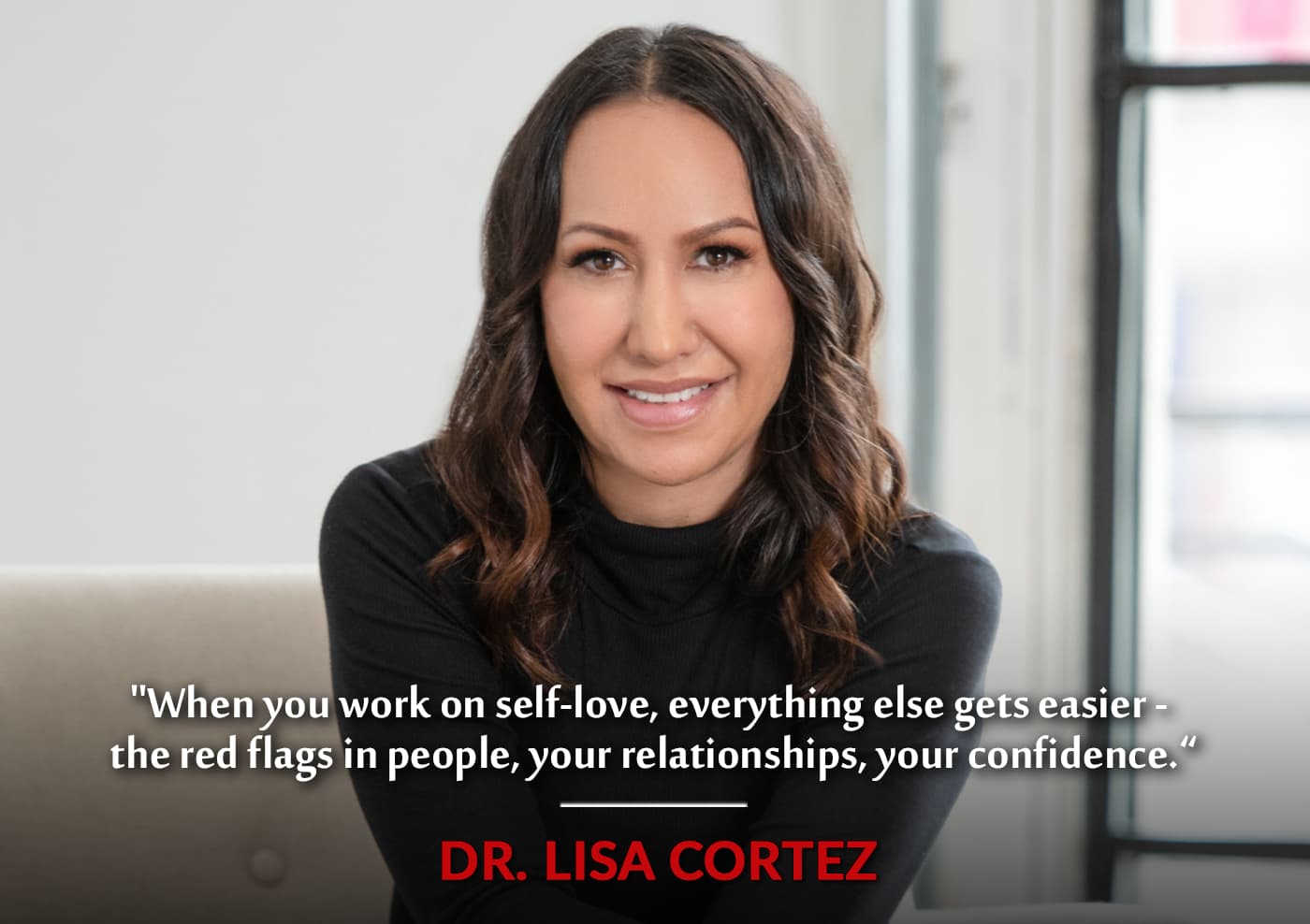












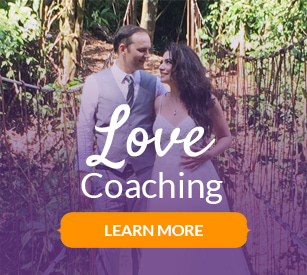









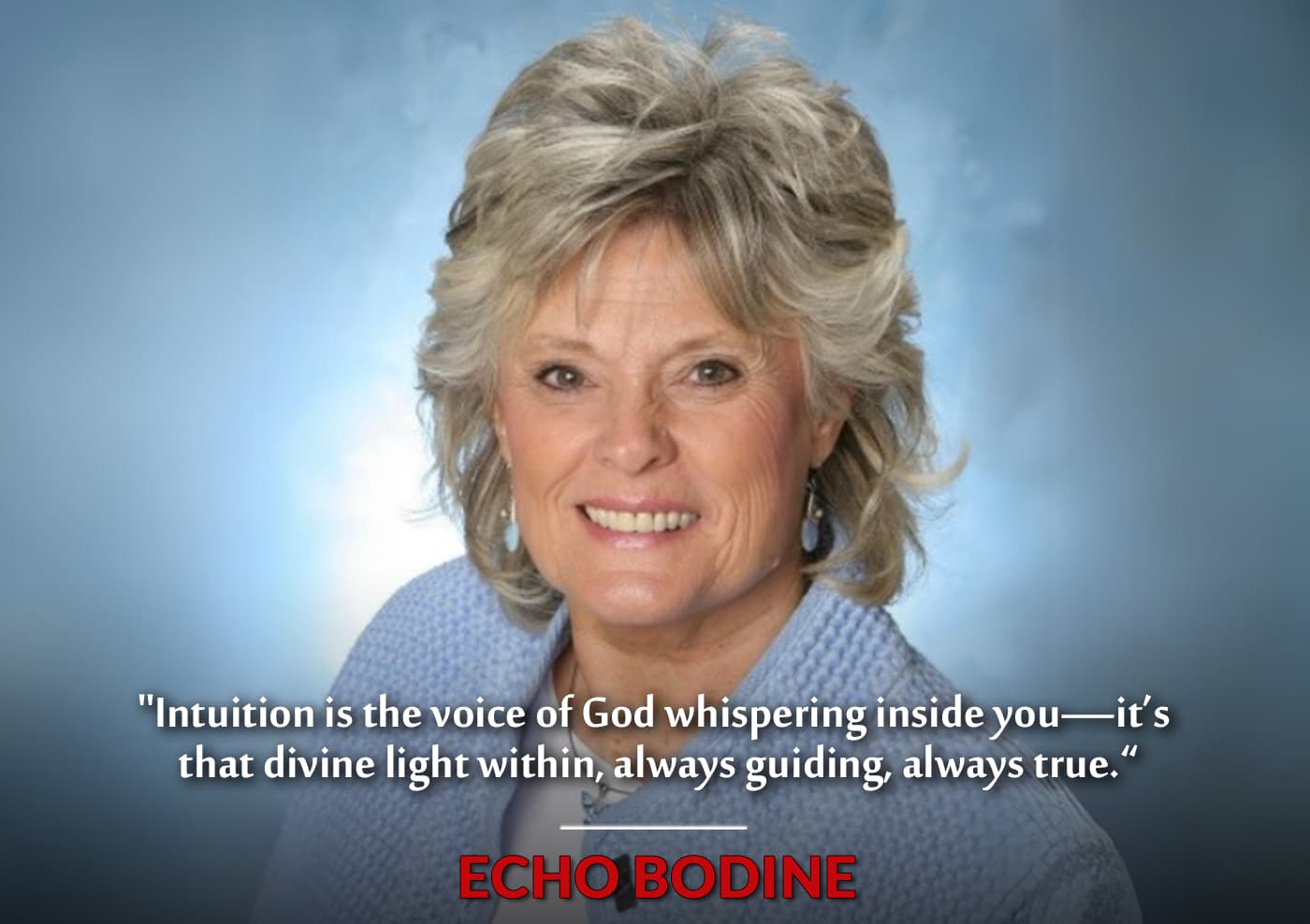

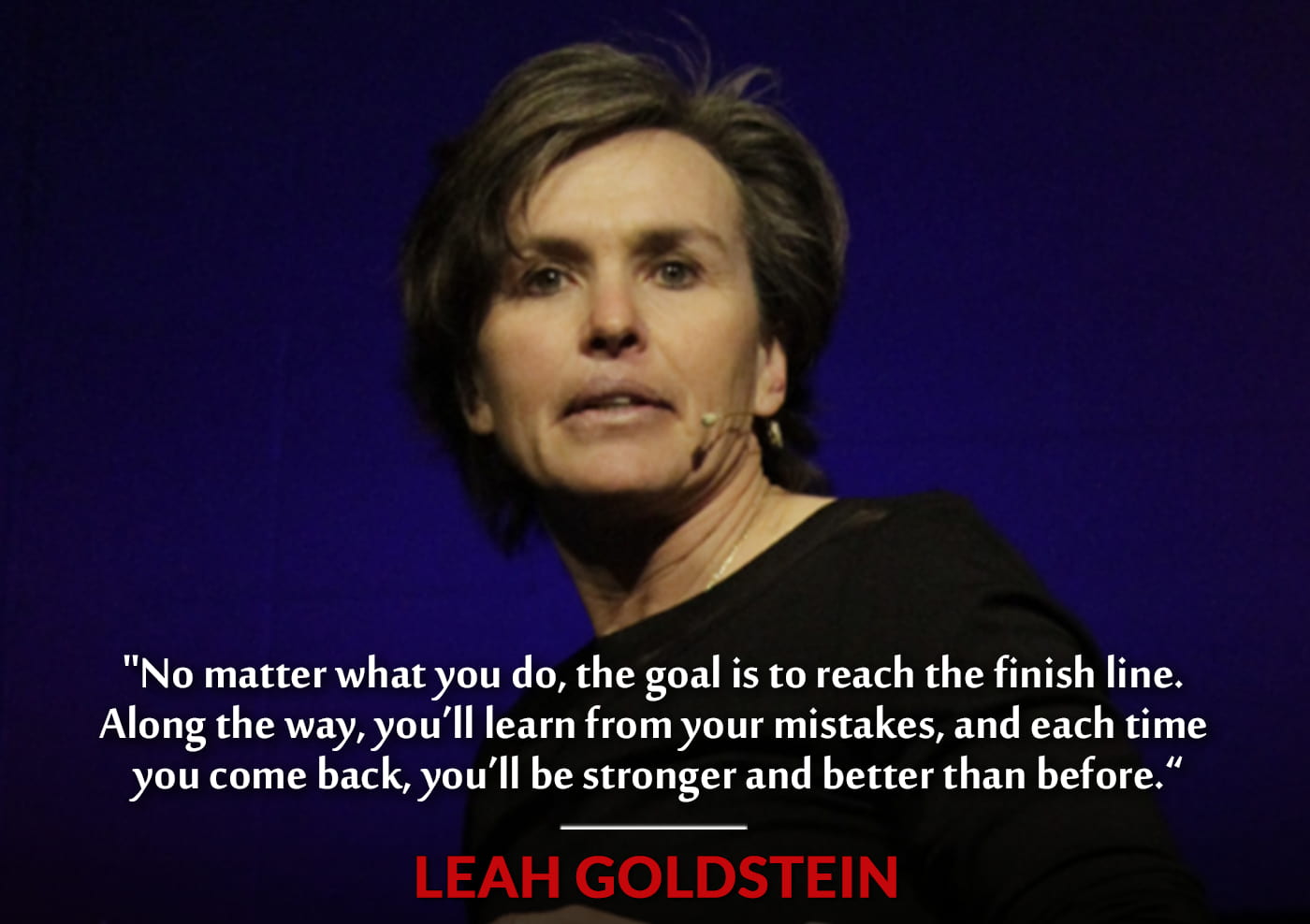
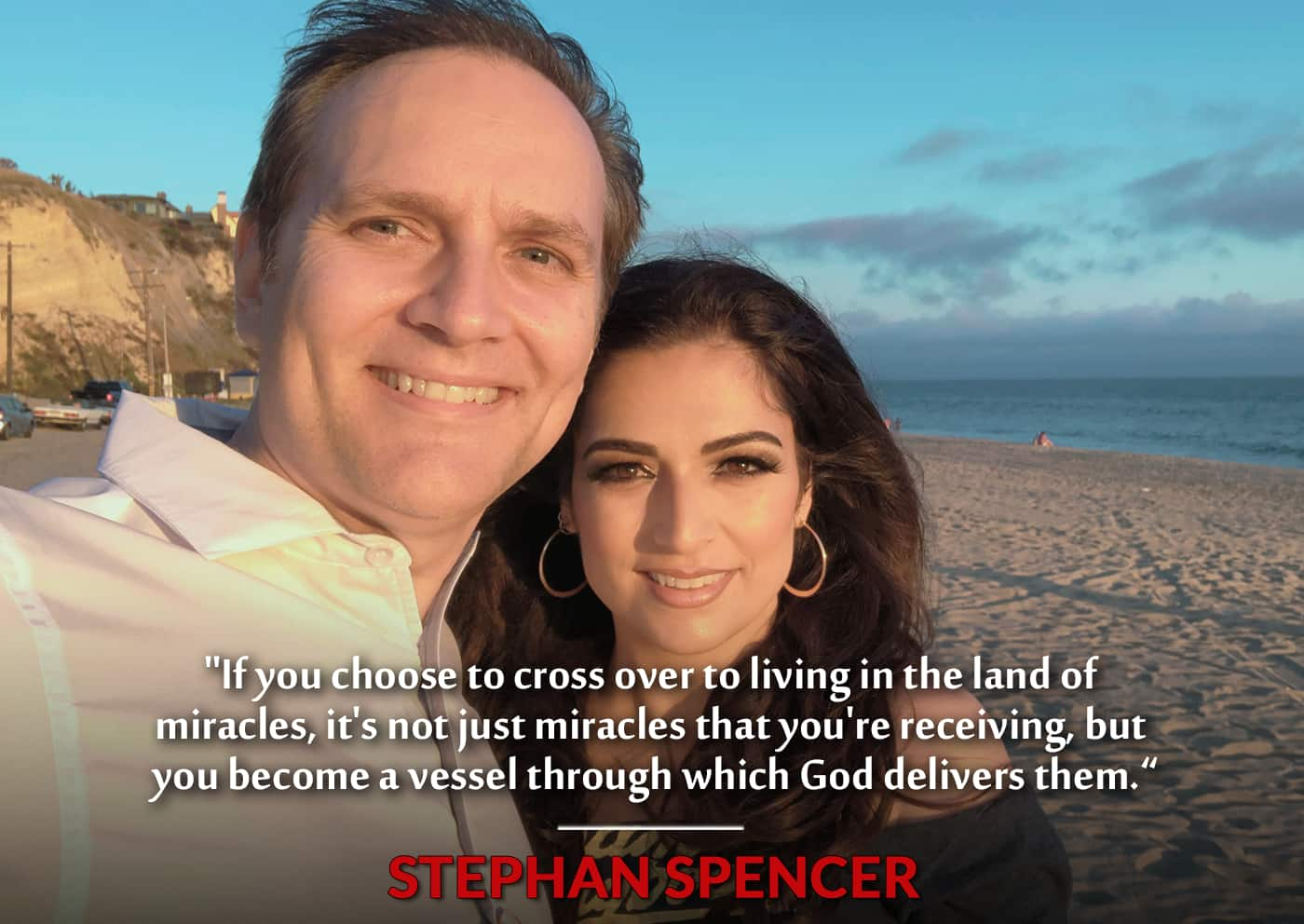

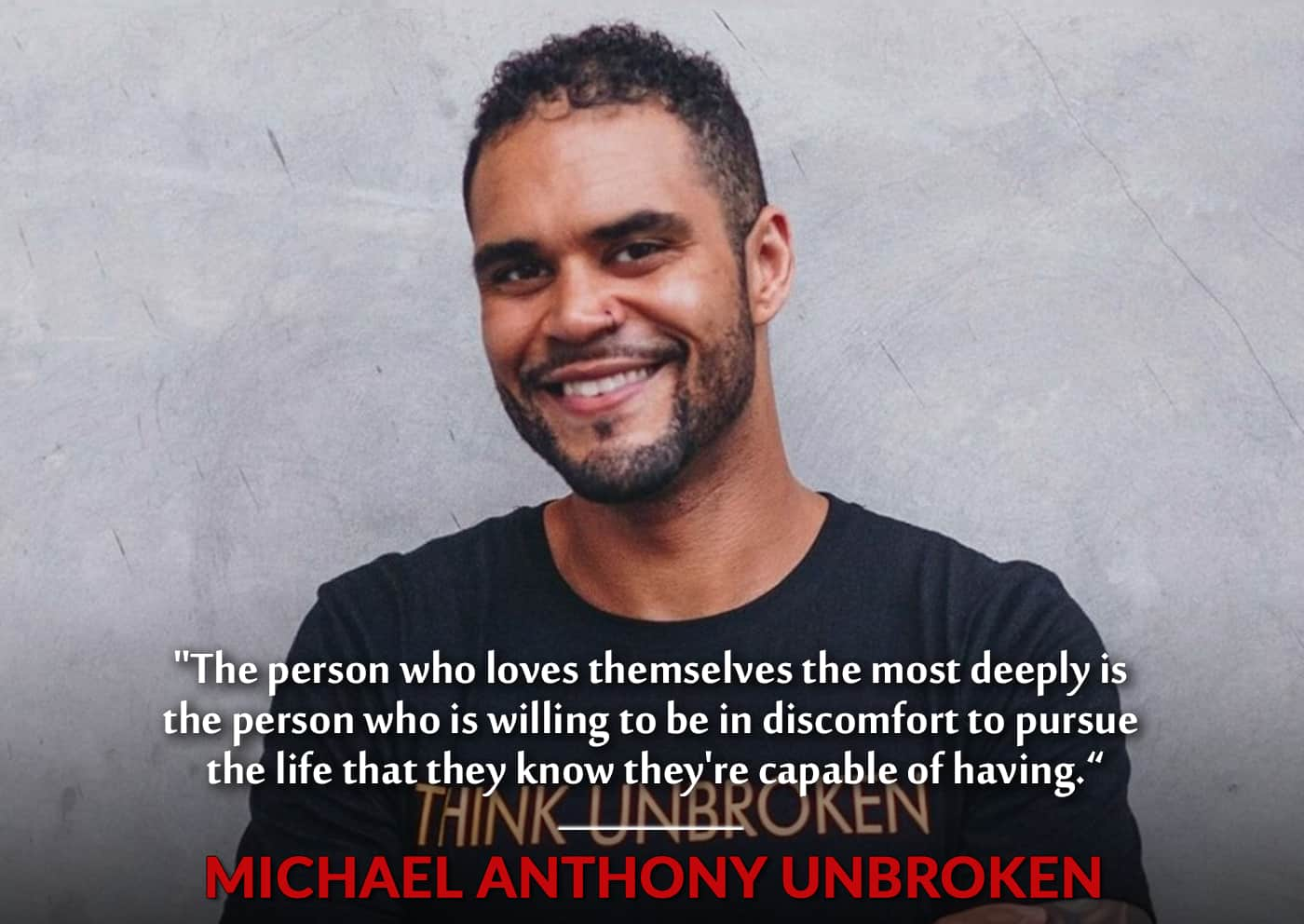
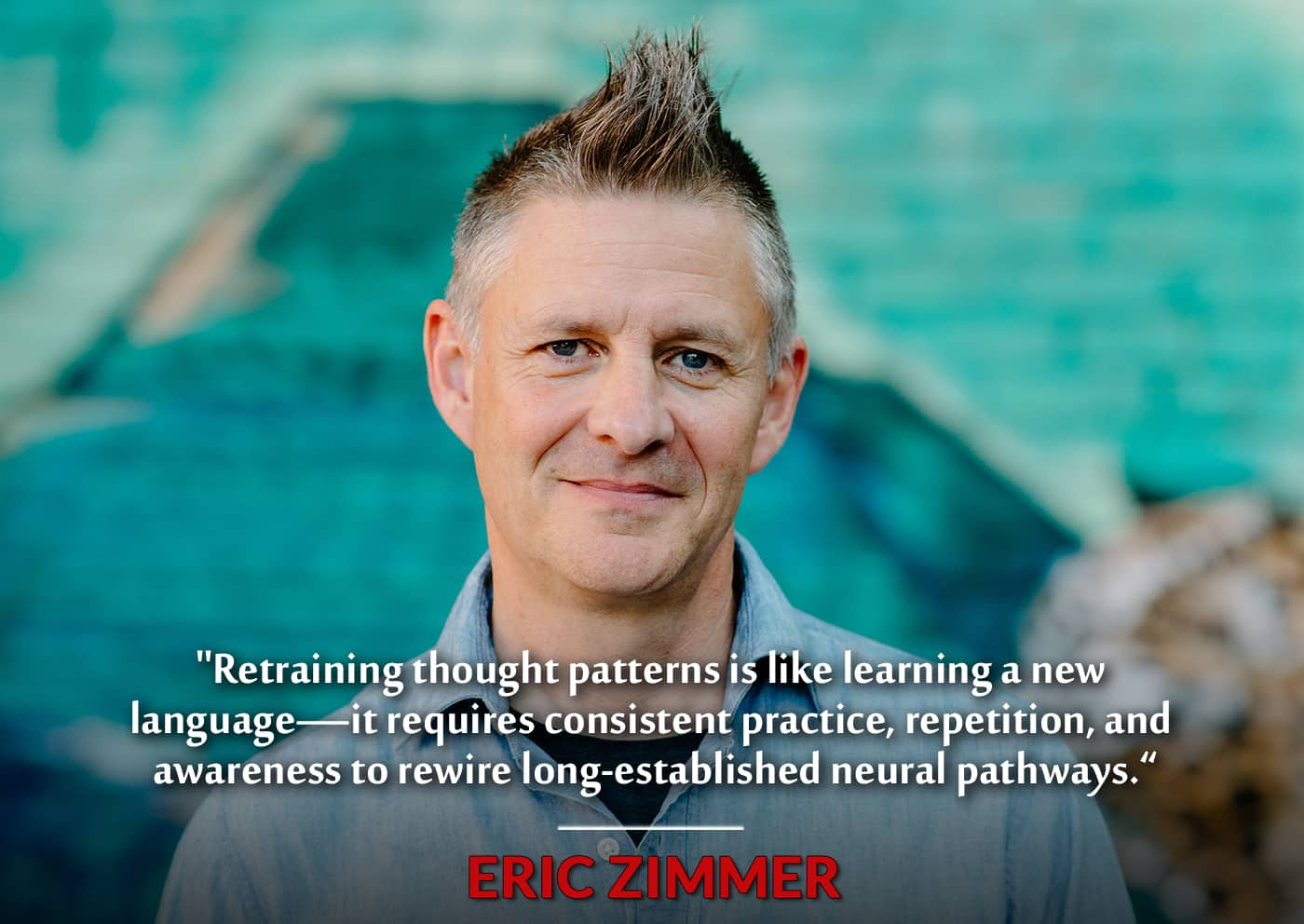


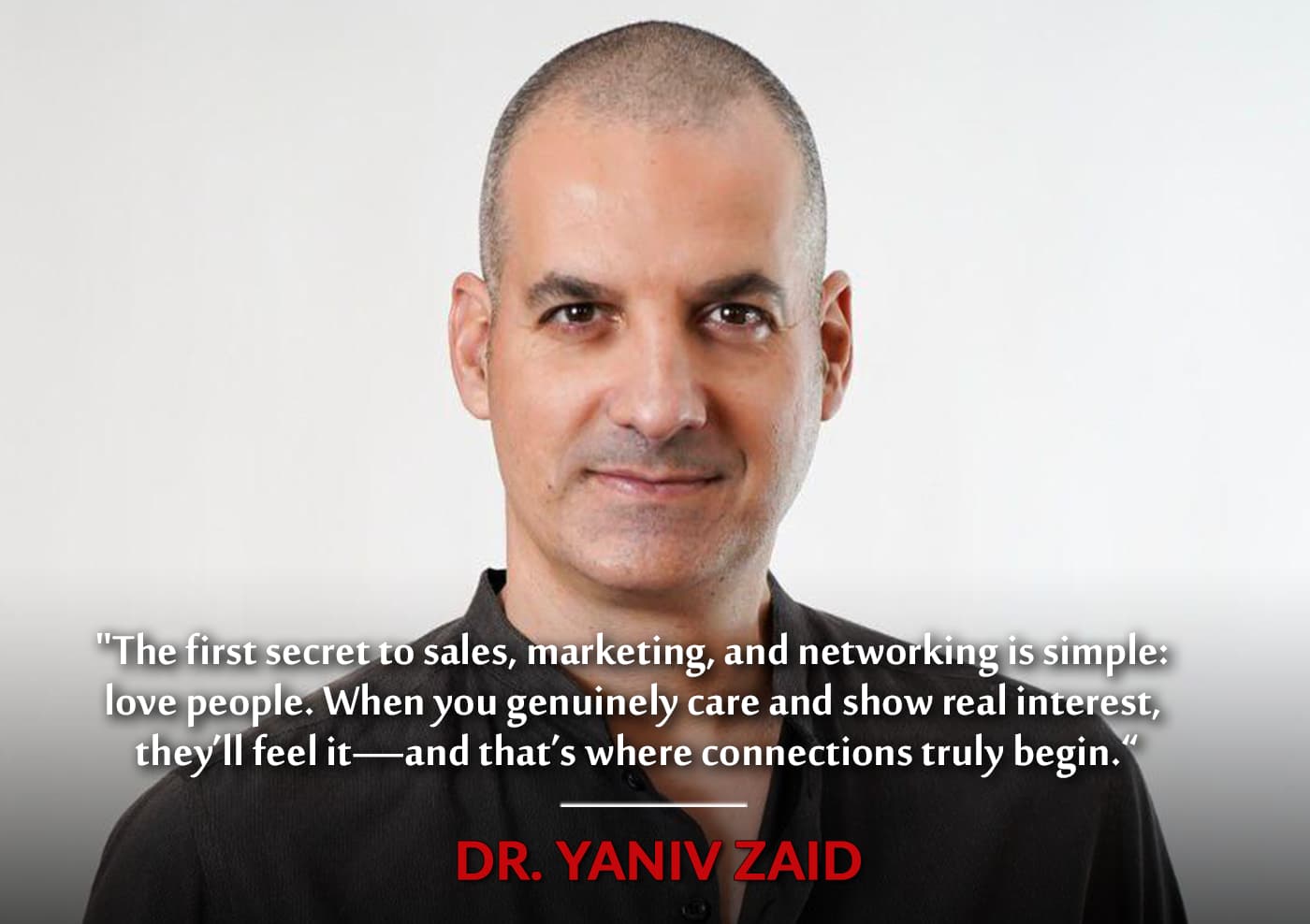
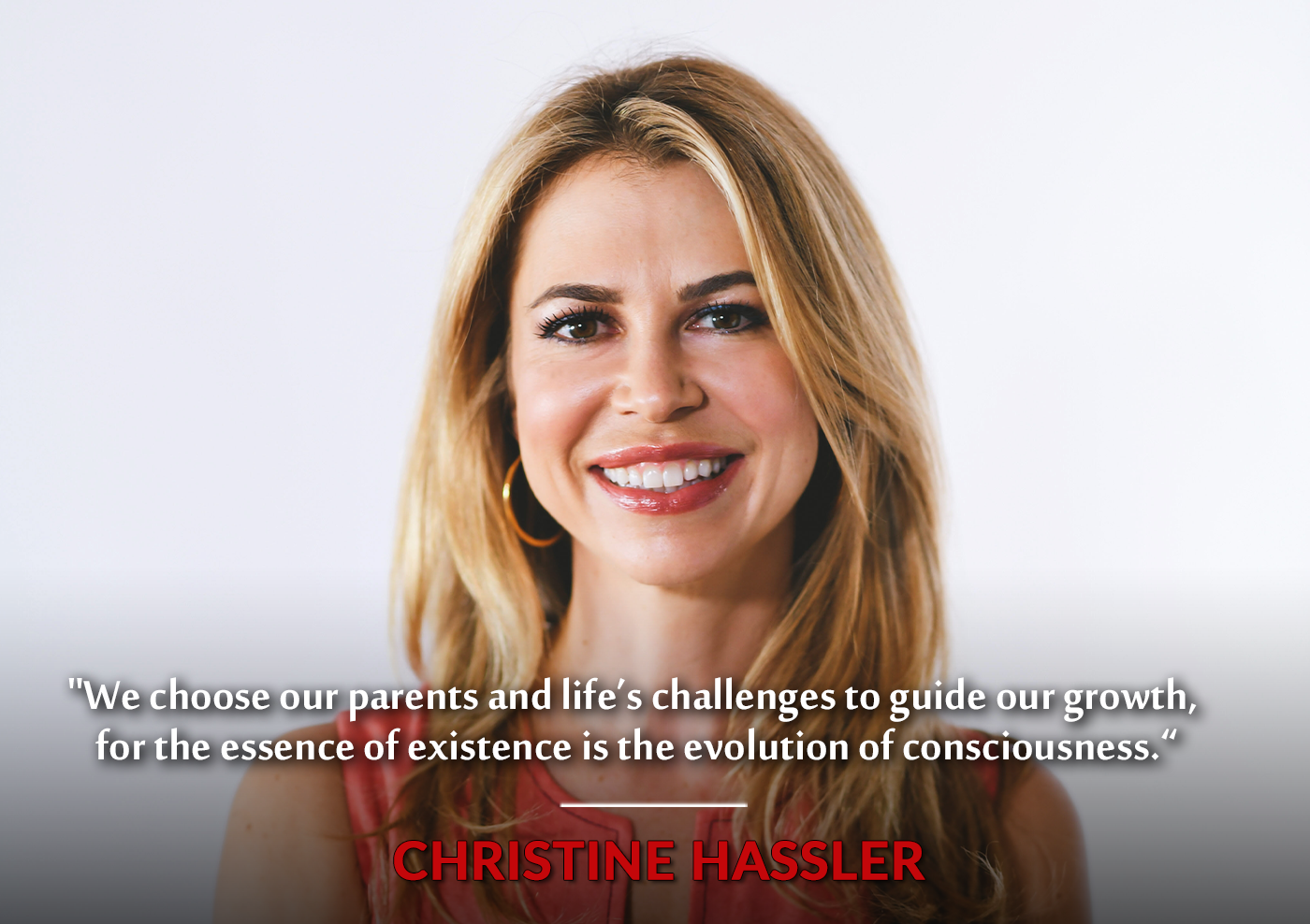
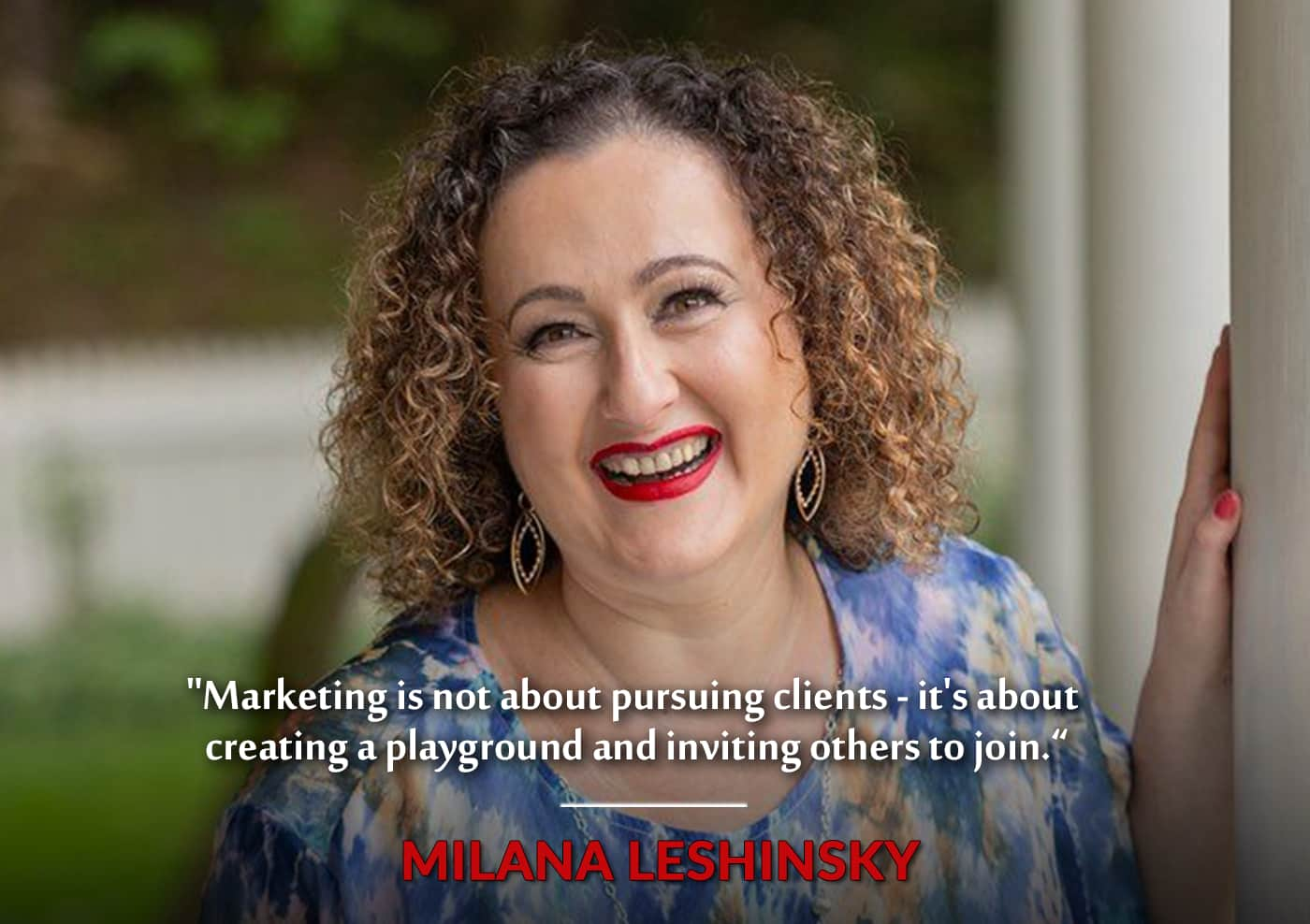
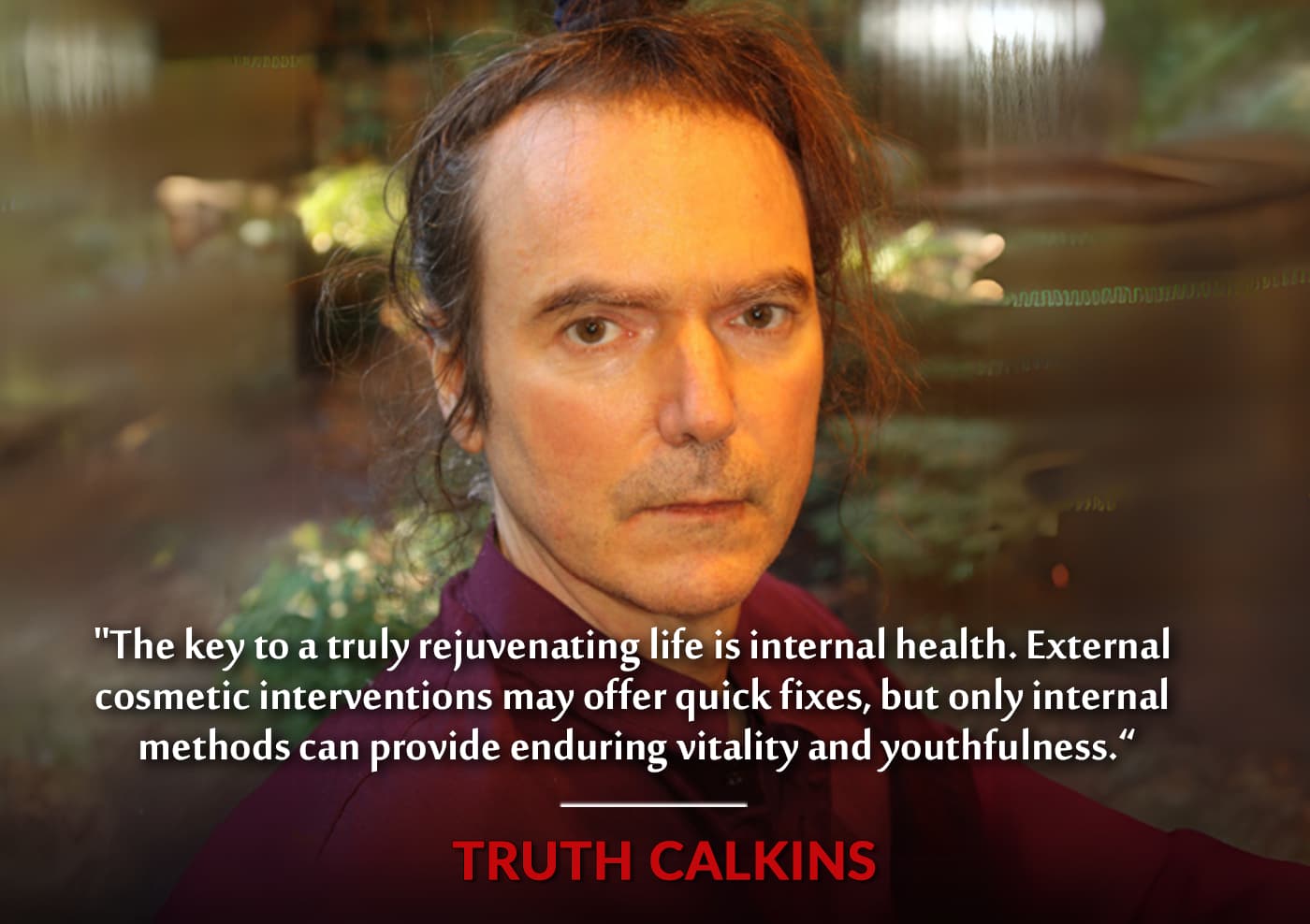
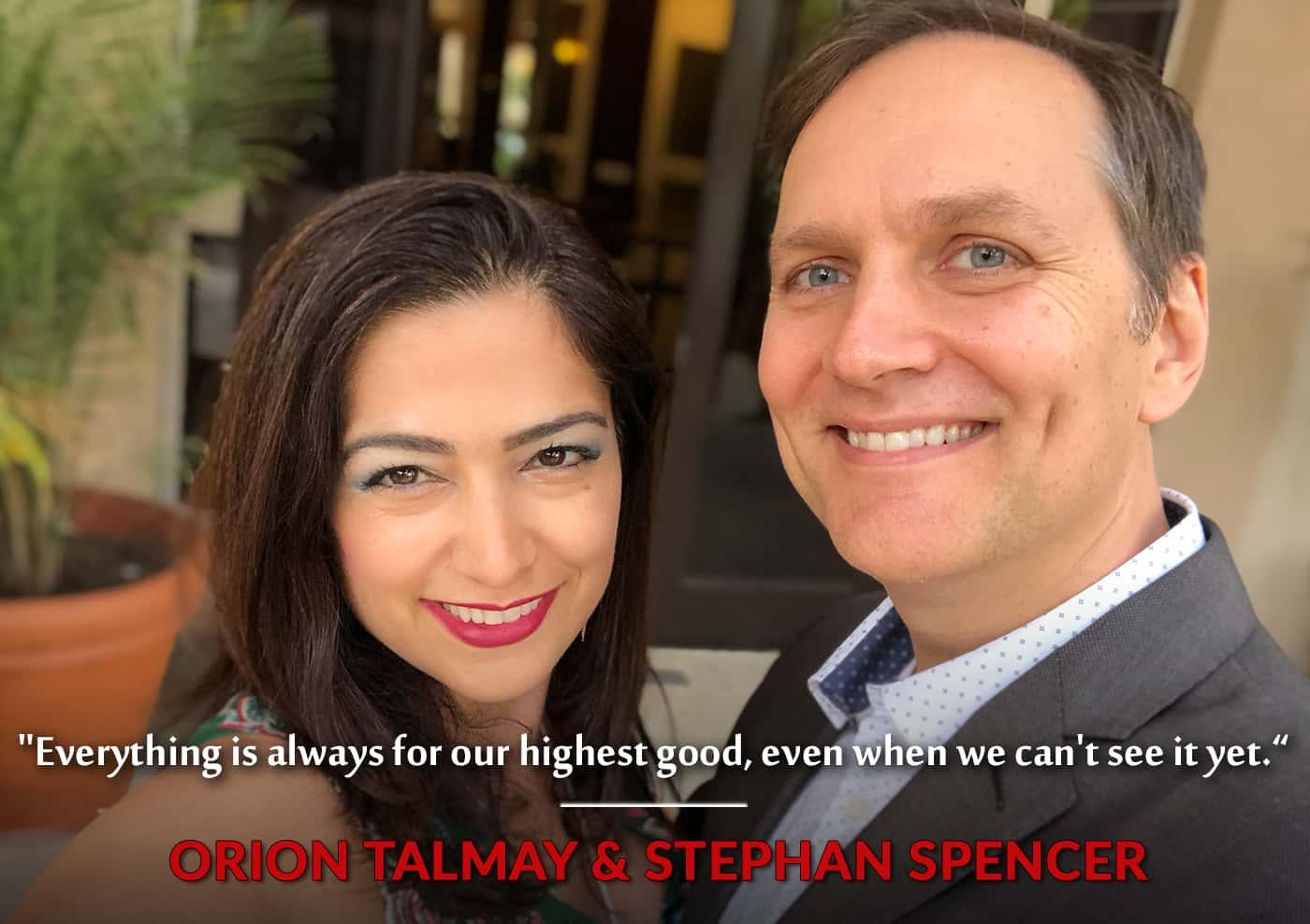

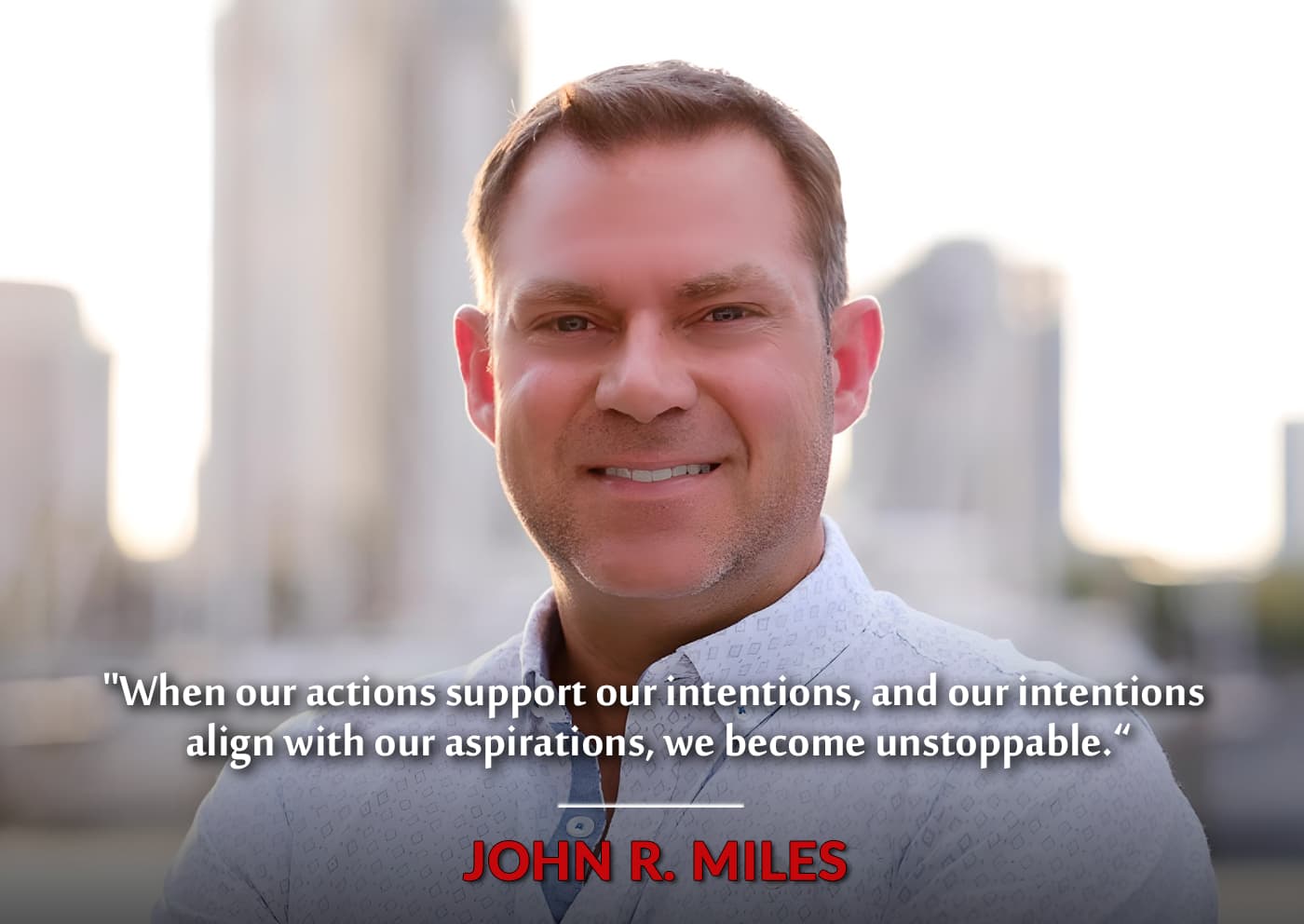
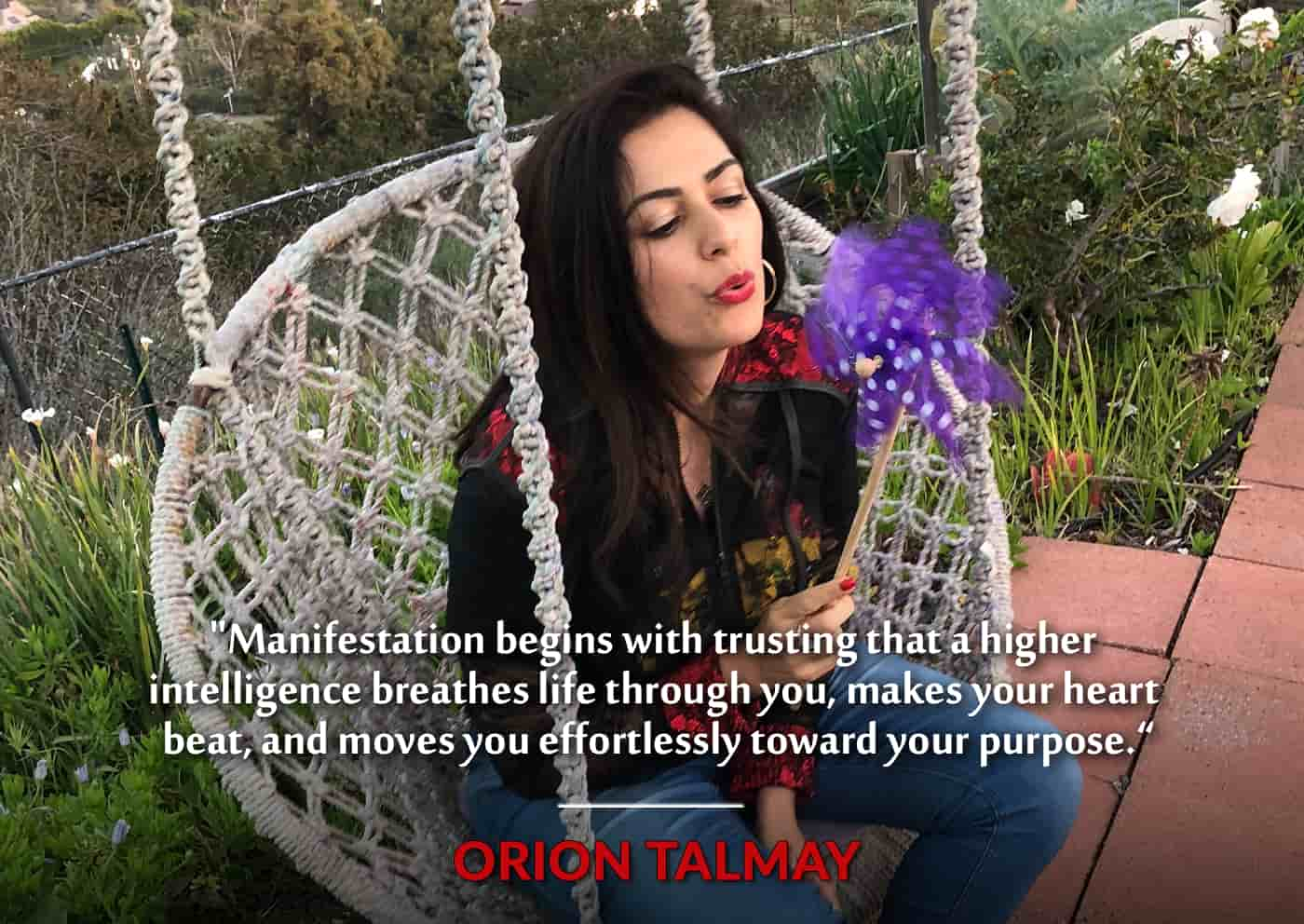
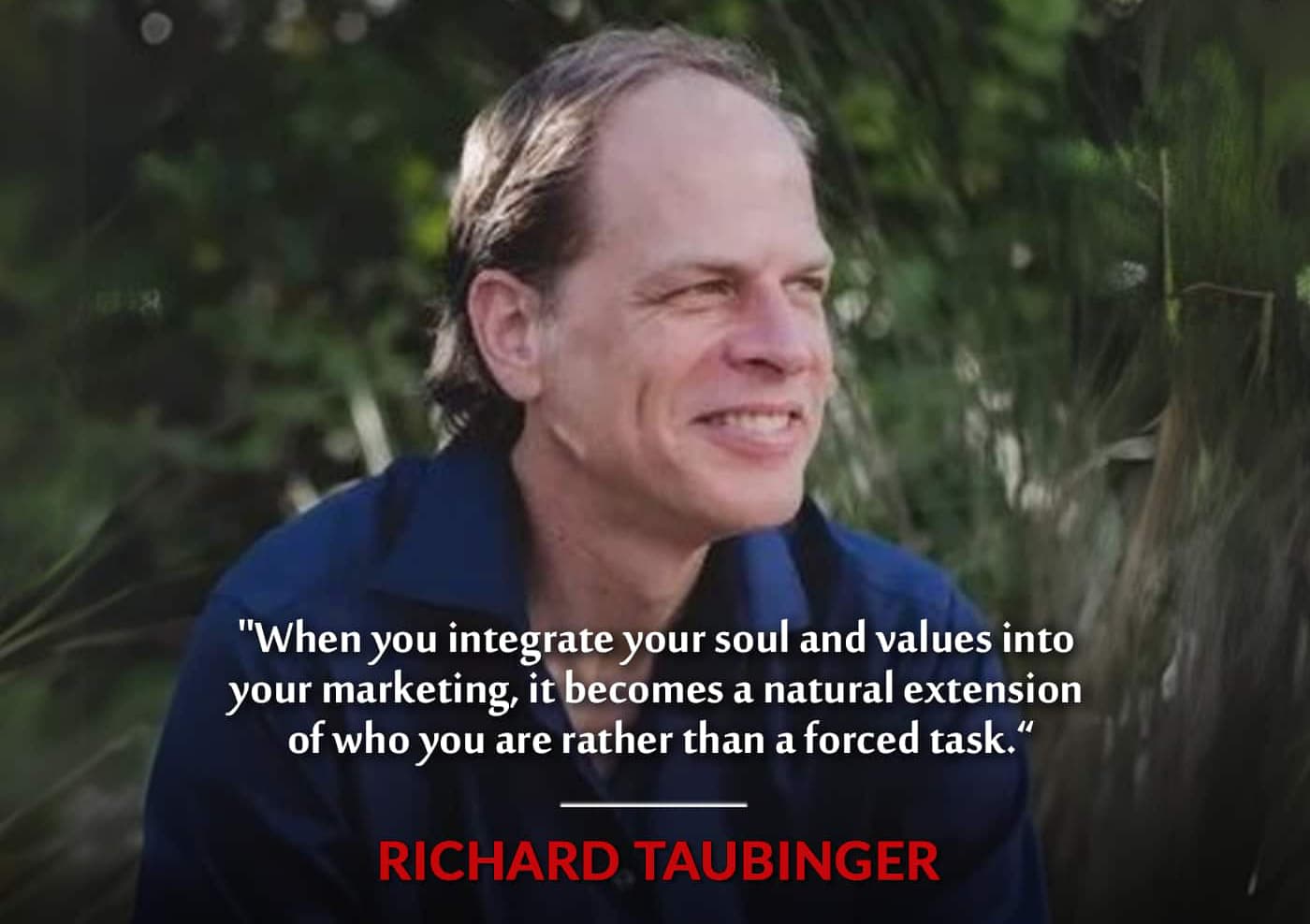
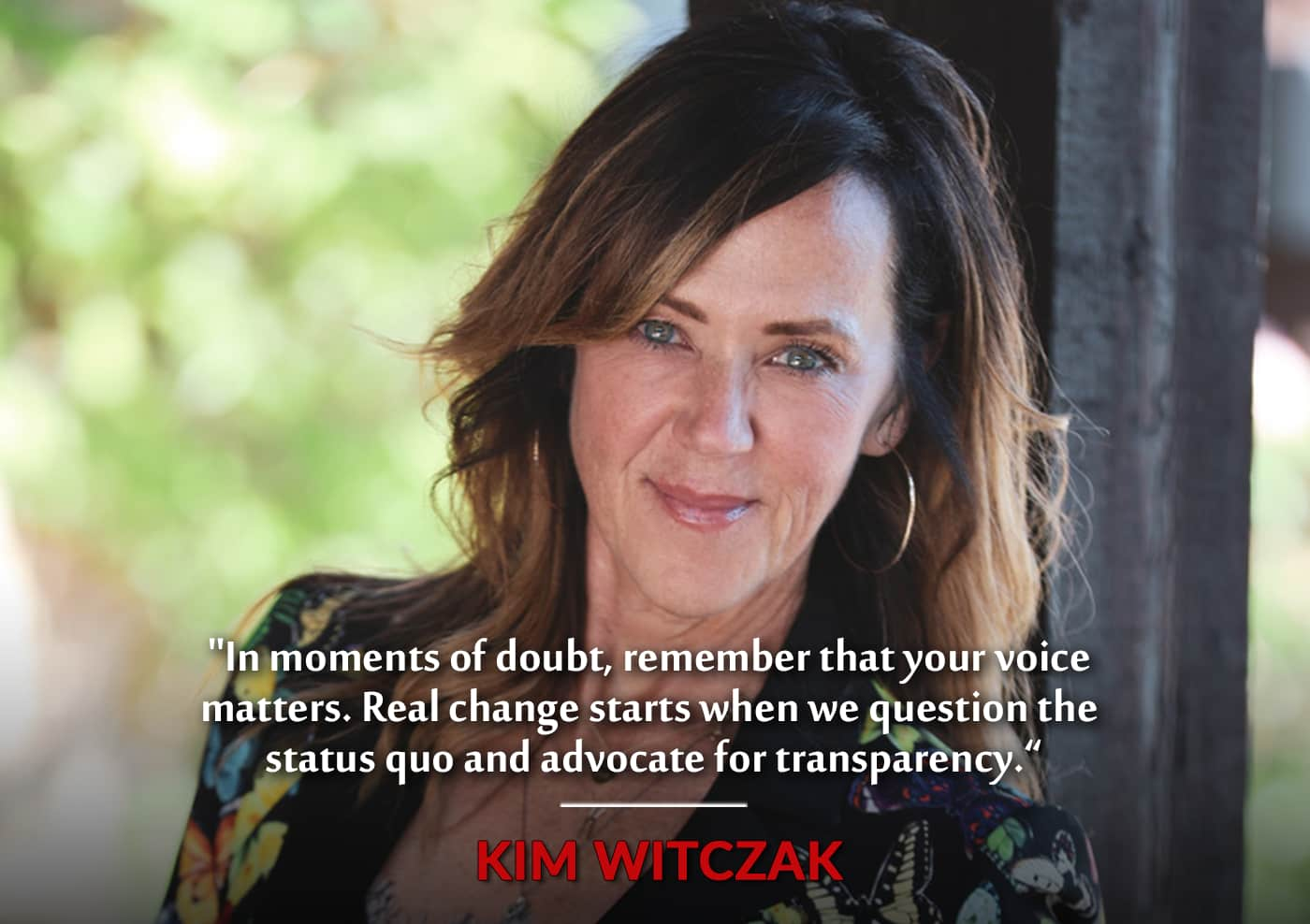
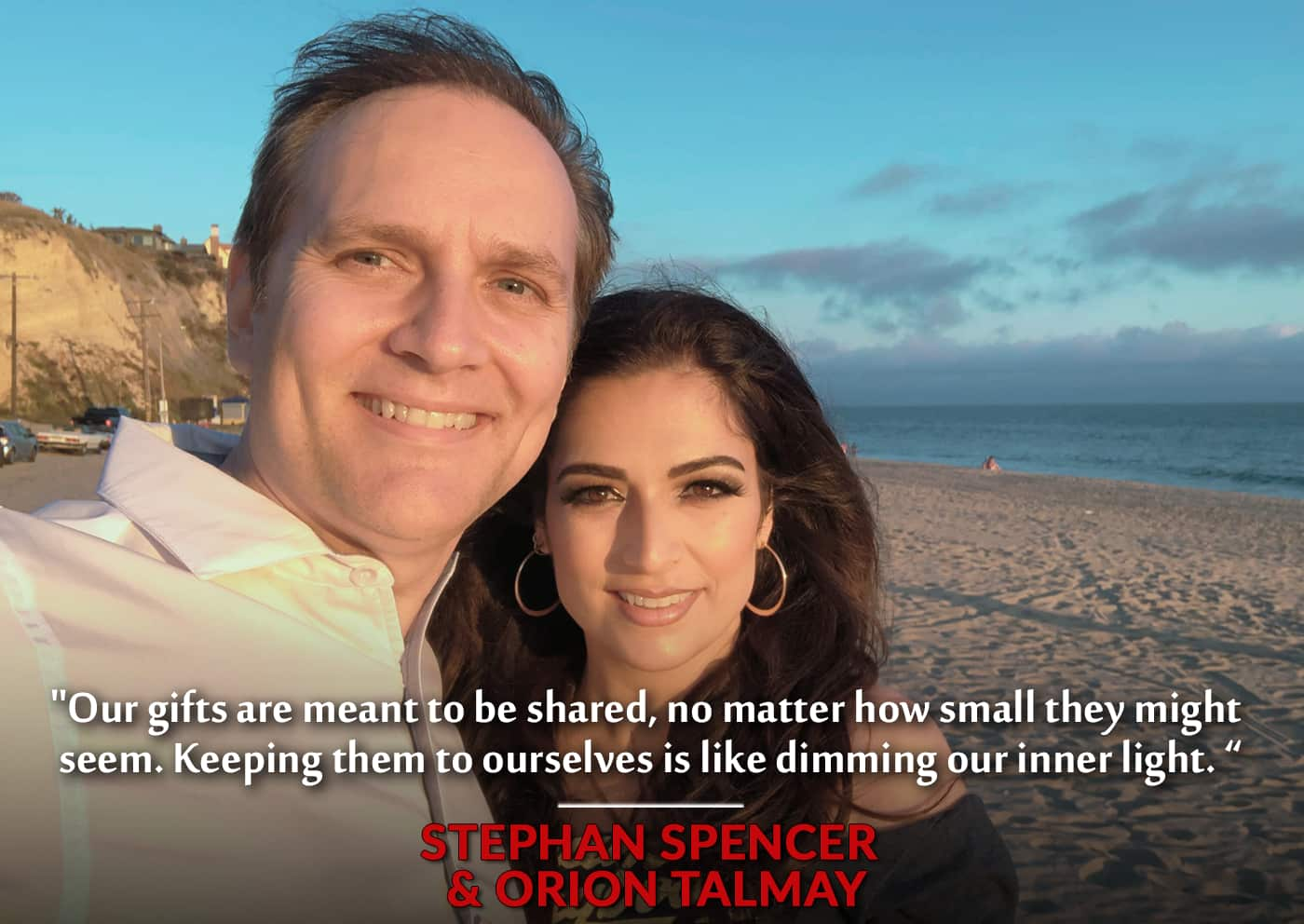
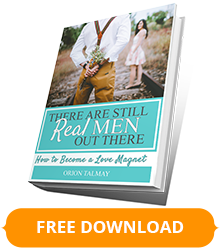
Facebook Comments